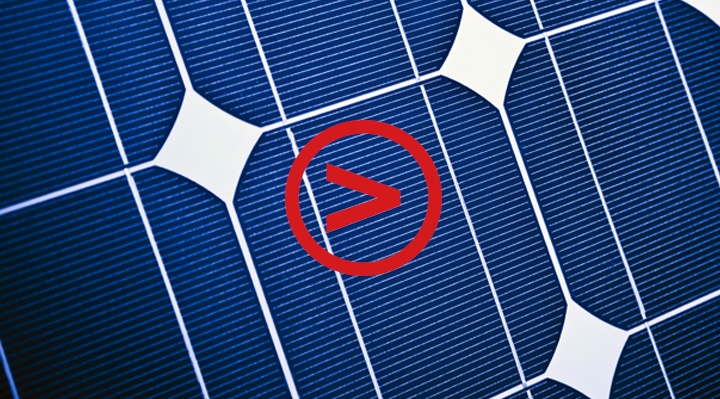Becoming an electricity producer was an easy choice for Kaija Niskala’s family. They wanted to see how solar panels work in the conditions of Southern Finland and how much electricity they produce.
A system comprising 24 solar panels was installed on the roof of the family’s detached house in May 2016 on a turnkey basis. The total power of the panels is around 6 kilowatts. The package purchased from an electricity sales company included a total delivery from planning to commissioning.
“The installation service included the required notifications to the electricity distribution company concerning the electricity production unit installed on our roof. We made an agreement with the electricity supplier that they’ll buy the surplus electricity when our production exceeds our consumption.”
After taking their own production plant into use, the family has been buying less renewable electricity from the grid. During their first year or so, the solar panels produced 2.5 megawatt-hours of electricity. Naturally, electricity production was focused on the summer, while in November and December the system produced very little electricity. Of the produced electricity, 1.3 megawatt-hours was sold into the grid. The electricity consumption of the family’s house is around 23–24 megawatt-hours a year.
“We were surprised by the fact that the solar panels produced electricity even when the sun wasn’t actually shining. In winter, the panels have been producing small amounts of electricity when the sun is shining.”
Kaija Niskala was also surprised by how much electricity production varies.
“Production has been surprisingly variable on the hourly level. This is an exciting experiment. It’s interesting to see how much we’re producing electricity ourselves, and without emissions, too.”
Using the panels and distributing electricity is easy.
“Surplus electricity is automatically transferred to the grid. The electricity supplier pays separately for directly produced electricity that we have sold them. We believe that the panels will make a profit and pay for themselves, but of course this is a long-term solution.”
7 facts about solar panels
- The solar cell of a solar panel is a semiconductor component, whose functioning is based on a photoelectric phenomenon.
- The cells are silicon-based and use a thin film technology.
- Their working life is 30–50 years.
- Solar systems of 2–15 kilowatts are usually installed on detached houses.
- Energy production is impacted by things like the angle the panels are installed at, their orientation, as well as cleaning.
- There are several system suppliers, so competitive bidding is recommended.
- The price for a solar panel package ready for use is around 6,000–8,500 euros.
Sources: Wikipedia ja YLE / Kuningaskuluttaja






